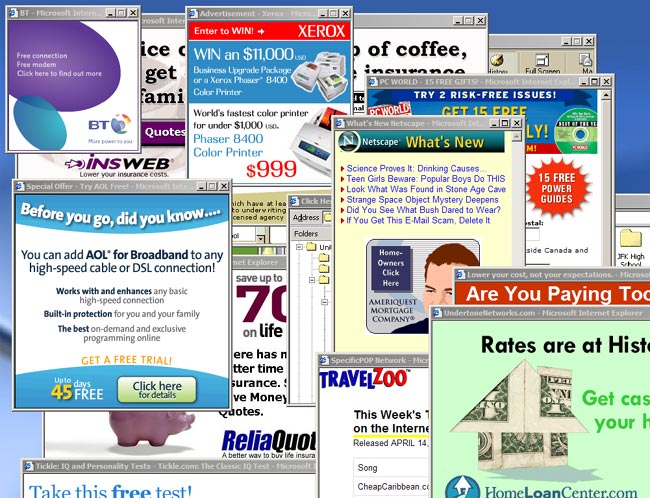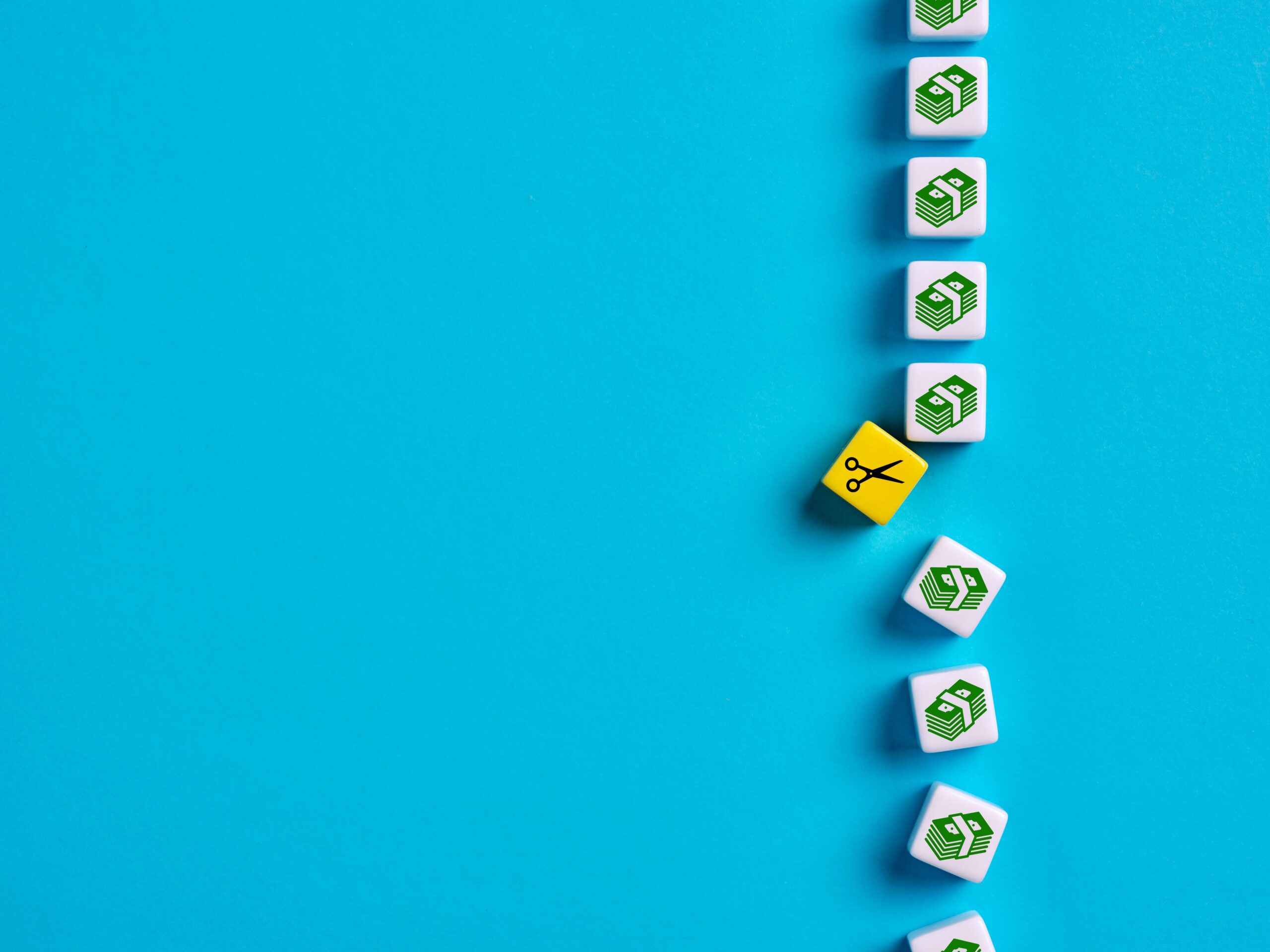When it comes to creative work, we often want to consume it without paying for it. From pirating media to paying for design and copy work in “exposure,” society tends to devalue creative work monetarily. But what would our world look like without good design?
Probably like the internet of the 90s. Do you really want that?
While those were simpler times in many ways, they were an aesthetic nightmare to navigate through. We have moved way past those blunders of yesteryear. Now, we’re much more conscious of the importance of looks and intuition when it comes to moving through the web — or the mall. From user experience to graphic design, we all make judgments about companies, products, and services based on the design surrounding them; in the real (non-online) world, we notice product design, billboards, storefronts, layout, experience, and all those factors influence our purchases.
In a 2018 survey, 48% of consumers said that design is the most important factor in determining a website’s credibility. I would wager a guess that at least some of the other 52% still find design important, but simply have other credibility requirements as their priority.
In a Rice Media piece, Julian Wong explores the value of creative work by breaking down the cost of running a small creative agency and then equating the study and experience of a designer to that of a locksmith or lawyer. Because we don’t intrinsically value creative work financially, many comparisons relate the labor of creativity to that of other professions. Culturally, we have this idea that creative work is always fun. I assure you, it is not.
So, what is the value of creative work? Well, as a matter of fact, it’s quite a lot.
Branding + Graphic Design
When it comes to branding design, the big-ticket item is going to be the logo. These seemingly simple icons or letter-based images can range from tens of dollars for a pre-made template to thousands (or tens of thousands) of dollars for a fully fleshed out brand identity package.
Branding is the backbone of any company’s visual identity. Instagram, McDonald’s, Coca-Cola, Sony, Nike, Apple, KFC, Disney. Can you not instantly conjure these logos in your mind’s eye? That’s good branding.
So, what is the price of being memorable? Actually, it varies.
Google and Coca-Cola paid $0 for their logos, while Pepsi paid $1 million and Accenture paid $100 million. So, what’s the deal?
Google used open-source graphics. Coca-Cola had an in-house employee with great handwriting. Not everyone else is as lucky. And since then, even companies that paid nothing for logos have put millions into supplemental design elements.
Going beyond the logo, I could point you to a 2004-2014 study that discovered design driven companies outperform the S&P by 219% over 10 years. (This trend continued in 2015.) This means companies that have elements of good design woven into their business operation makes over 2x as much as those who don’t. Some stats taken straight from that analysis include:
- 41% higher market share
- 46% competitive advantage overall
- 50% more loyal customers
- 70% digital experiences beat competitors
That’s a pretty good value argument, if the sheer pleasure of feasting your eyes on something pretty or sleek or clever isn’t enough.
User Experience + User Interface
A lot of modern business is about creative problem-solving that makes life easier for the average consumer. Facebook, Google, Uber, Airbnb, all have one thing in common. Their apps and websites are extremely intuitive and easy to navigate. With the internet, if your solution is hard to get to, your customers can easily go elsewhere to get what they need. Competitors that can’t provide that ease of use die a slow painful death, like MySpace. In other words, investing in UX is a matter of survival.
While UX may dip into the science side, it blends seamlessly into user interface, where those interactive touch points are given a certain aesthetic that encourages users to play or purchase. The size of a button, the color, the contrast — all these elements interact to scientifically and aesthetically draw in your target audience.
Still not convinced? The Bressler Group found that the ROI on good UI includes:
- increased sales
- reduced return rates
- reduced support costs
- better product reviews
- reduced development costs
The more money you put in, the more exponential that ROI becomes, especially as consumers continue to purchase more from devices.
Copywriting + Messaging
A picture is worth a thousand words, but good words are worth a lot, too. Just like you want your logo and brand design to show off your company’s value and style, you want your tone and messaging to speak to your audience in a way that encourages relationship building. As a consumer, I want companies to speak my language and understand me. Whether through clever tweets, informative newsletters, or websites, you have the opportunity to win consumers over by striking the right tone.
Beyond the delightful flourish of well-constructed sentences, copywriters that can infuse SEO keywords get your products and pages noticed by the search engine gods.
Just as a logo, your design aesthetic and a seamless user experience can boost ROI, so too, can a well-crafted bit of copy.
Maybe Art School or a BA in English Isn’t So Useless After All…
Creatives make our world a more pleasant place to live in. If you’re in the business of convincing people to buy things, even if they are amazing practical things, showing the value of your product, whether digital or physical, can be made much easier with the right design and messaging in place.
The best creatives can mix practicality with creativity. They just need the space — and the financial incentive — to work well with you.
About the author.
Alessandra is the mentor, educator, and writer behind Boneseed, a private practice devoted to deep self-inquiry through a range of physical, energetic, and mental modalities. She has over 500 hours of yoga, mentorship, and facilitation training and can be found slinging knowledge on her website, newsletter, and @bone.seed.



